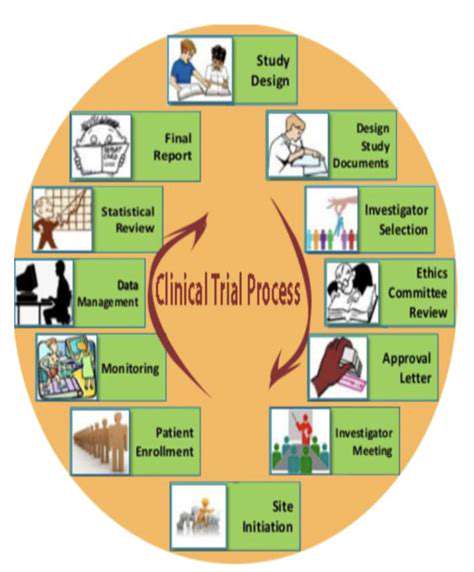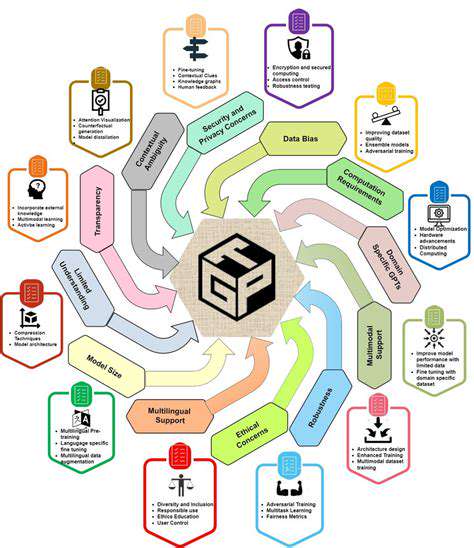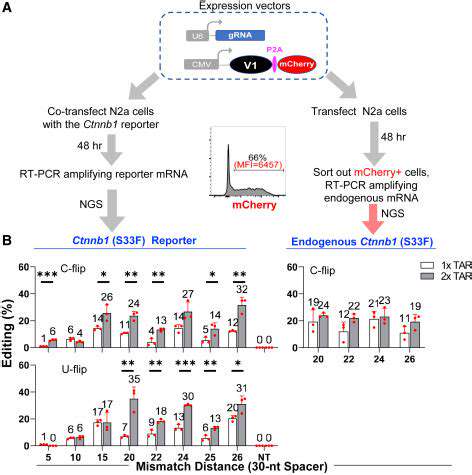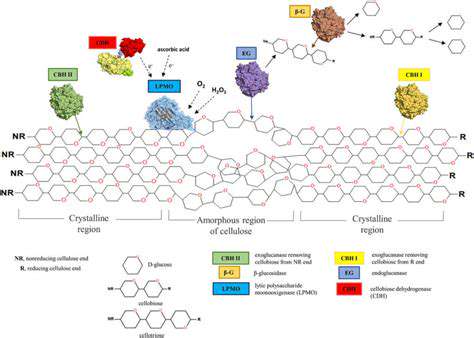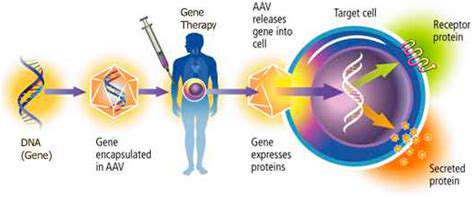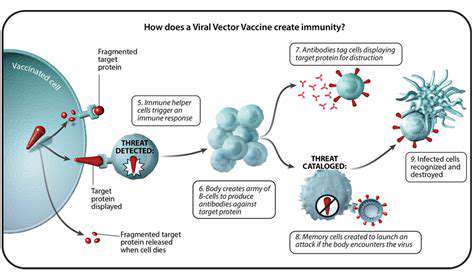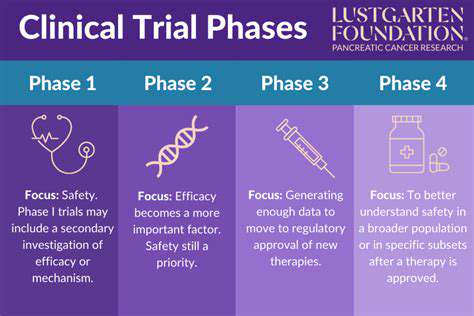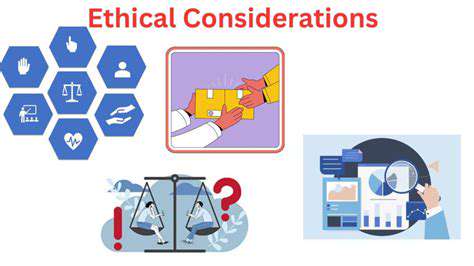CRISPR-Based Therapeutics: A New Era in Medicine
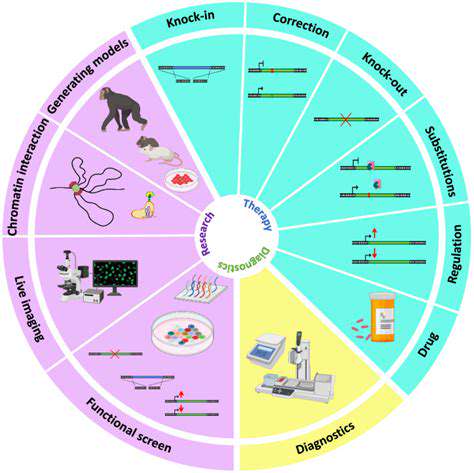
CRISPR's Revolutionary Potential
CRISPR-Cas9 gene editing technology has emerged as a revolutionary tool with immense potential to treat a wide array of diseases. Its ability to precisely target and modify DNA sequences opens doors to correcting genetic defects that cause inherited disorders, such as cystic fibrosis and sickle cell anemia. This precision is a significant advancement over previous gene therapy methods, which often lacked the specificity needed to avoid unwanted side effects.
The potential applications of CRISPR go far beyond correcting genetic defects. Researchers are investigating its use in treating infectious diseases, cancer, and even age-related conditions. The prospect of a future where genetic diseases can be effectively prevented or even cured is incredibly exciting.
Mechanism of Action
CRISPR-Cas9 works by precisely targeting and cutting DNA at a specific location. This precise cut allows for the insertion, deletion, or modification of genetic material. Scientists use a guide RNA molecule to direct the Cas9 enzyme to the target DNA sequence. This targeted approach minimizes the risk of unintended consequences compared to other gene editing methods.
The Cas9 enzyme acts like molecular scissors, cutting the DNA double helix. This creates a break in the DNA strand, which the cell's natural repair mechanisms attempt to fix. Researchers can harness these repair mechanisms to introduce desired changes into the genome. Understanding this intricate mechanism is crucial for developing effective and safe CRISPR-based therapies.
Safety and Ethical Considerations
While CRISPR holds immense promise, safety and ethical considerations are paramount. Off-target effects, where the CRISPR system edits unintended DNA sequences, are a major concern. Extensive research and rigorous testing are necessary to minimize these risks and ensure the safety of CRISPR-based therapies. Careful monitoring and evaluation of the long-term effects are crucial.
Ethical concerns surrounding germline editing, where changes are made to the genes of reproductive cells, are also significant. Modifying the human germline could have unforeseen consequences for future generations, and ethical guidelines are essential to prevent misuse and unintended harm.
Types of CRISPR-Based Therapies
CRISPR technology is being explored for various therapeutic approaches, including gene correction, gene inactivation, and gene addition. Gene correction aims to replace faulty genes with healthy ones, while gene inactivation involves silencing or disabling disease-causing genes. Gene addition involves introducing new genes to compensate for missing or dysfunctional ones.
Current Clinical Trials and Progress
Several clinical trials are underway to evaluate the safety and efficacy of CRISPR-based therapies for various conditions. These trials are crucial for validating the potential of CRISPR and paving the way for future applications. Early results are promising, demonstrating the potential of CRISPR to treat genetic diseases.
Ongoing research focuses on optimizing CRISPR delivery methods, improving targeting specificity, and reducing off-target effects. The advancement of CRISPR technology is rapid, and scientists are constantly refining the techniques to enhance their effectiveness and safety.
Future Directions and Challenges
Future research will focus on expanding the scope of CRISPR-based therapies to treat a broader range of diseases and conditions. Developing more efficient and targeted delivery systems is crucial to maximize the effectiveness of CRISPR therapy. Improved understanding of the mechanisms underlying off-target effects is essential for ensuring the safety of these therapies.
Challenges remain, including cost-effectiveness, scalability, and access to these therapies. Addressing these challenges is vital to ensure that the benefits of CRISPR-based therapies are accessible to all who need them. Continued research and development are essential to overcome these hurdles and unlock the full potential of CRISPR technology.



